Wine Color
Wine color helps us simplify the world of wine into three basic families - red, white, and rose.
Even though I know you're eager to get that first taste of your wine, hold off a moment and revel in its color.
It'll teach you so, so much about the wine you're about to enjoy, and it'll make you a better, more sensitive wine drinker as well.
You can playfully gauge by the wine's color (and clairty) what type of wine it is, what type of grapes were used in making it, how old the wine is, how long and in what form its been aged (if at all), along with many more traits.
To start with, there are three most BASIC colors to wine, but within those basic colors, a whole spectrum of coloration helps us understand at what stage in a wine's life we happen to find it:
There's RED wine, which while young is purple-toned, then blossoms to a ruby-tone, then a orange-brown tone during its last leg of maturity.
There's WHITE wine, that can be almost as clear as water when first bottled after fermentation, and will slowly develop a happy yellow, or more mature golden hue as time passes.
Then there's ROSE wine, which follows its own line of coloration, depending on type of grape, pressing method, etc.
Other things, besides age, are factors in a wine's color, such as grape varietals used, pressing methods, aging method, even its vintage and terroir.
But no need to worry about all that. If you get to that point of wine expertise, pat yourself on the back!
For the rest of you wine lovers out there - as long as you're not color-blind, you can confidently check this wine term off your list from your very first wine encounter.
Wine Tasting Notes
Wine Terms for Color:
|
|
* * * * * * *
| New Jersey Wineries › Easy Wine Glossary › Wine Color |
Have A Great Story About This Topic?
Do you have a great story about this? You can share it here without needing a Facebook account! You can even upload pictures!
What's New?
-
Dr
Dec 04, 14 04:30 PM
When France lost Algeria in 1960, a great worry of winemakers wad what are we going to do now? French wines from many regions WERE B,ENDED WITH MUCH STRONGER -
How to make port wine - and history!
Dec 04, 14 03:26 PM
How to make port wine - delicious, heart-warming, the perfect gift -
Wine accessory shopping for the holidays
Nov 01, 14 04:25 PM
Wine accessory shopping for the holidays










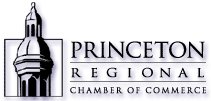









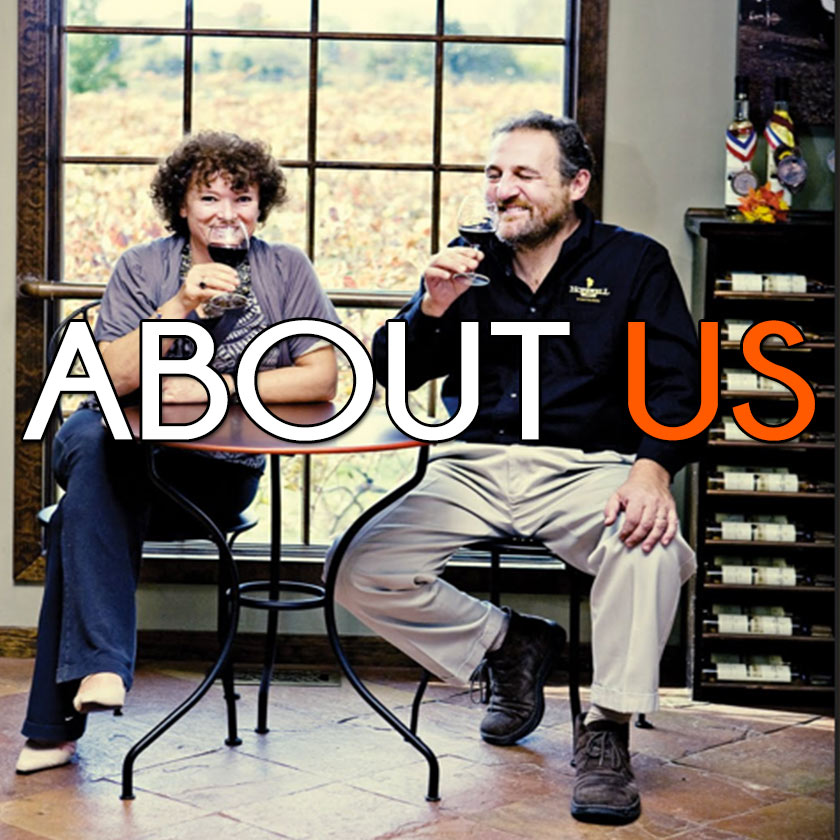

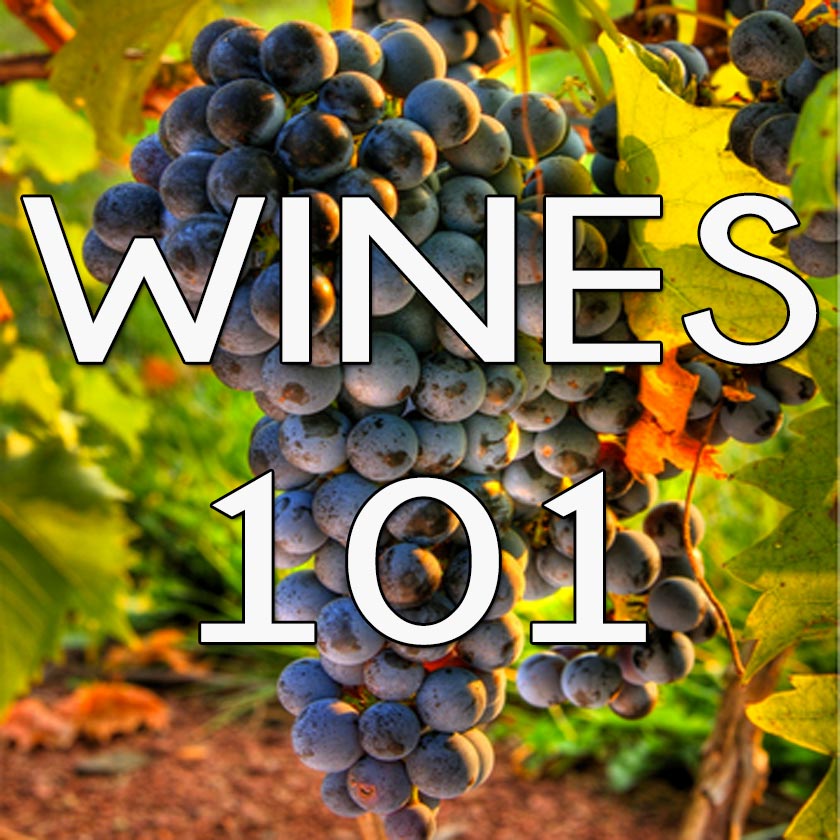

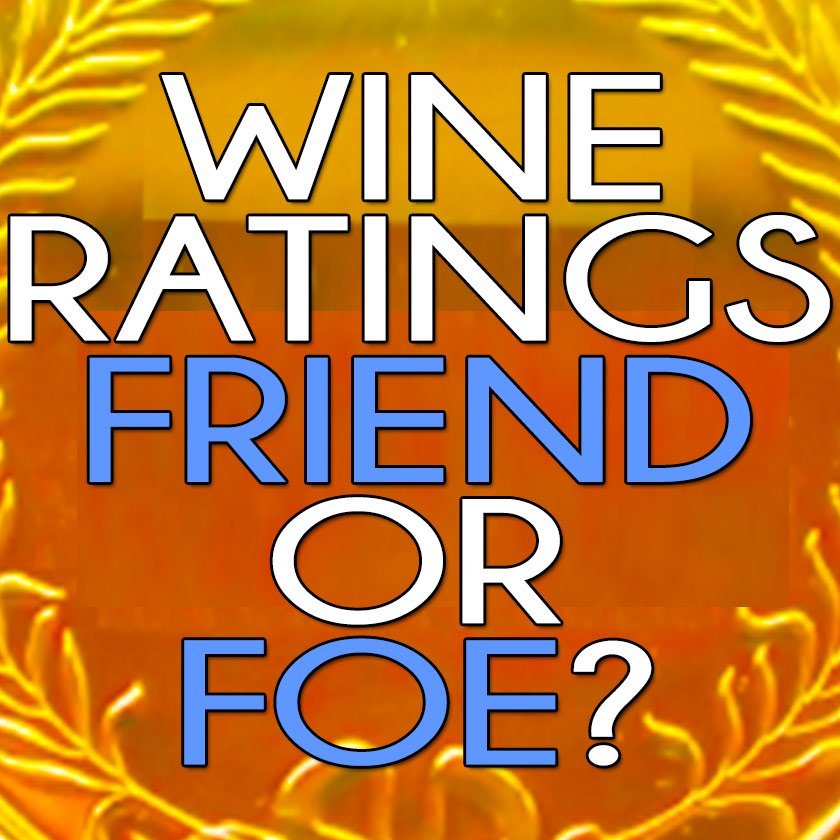

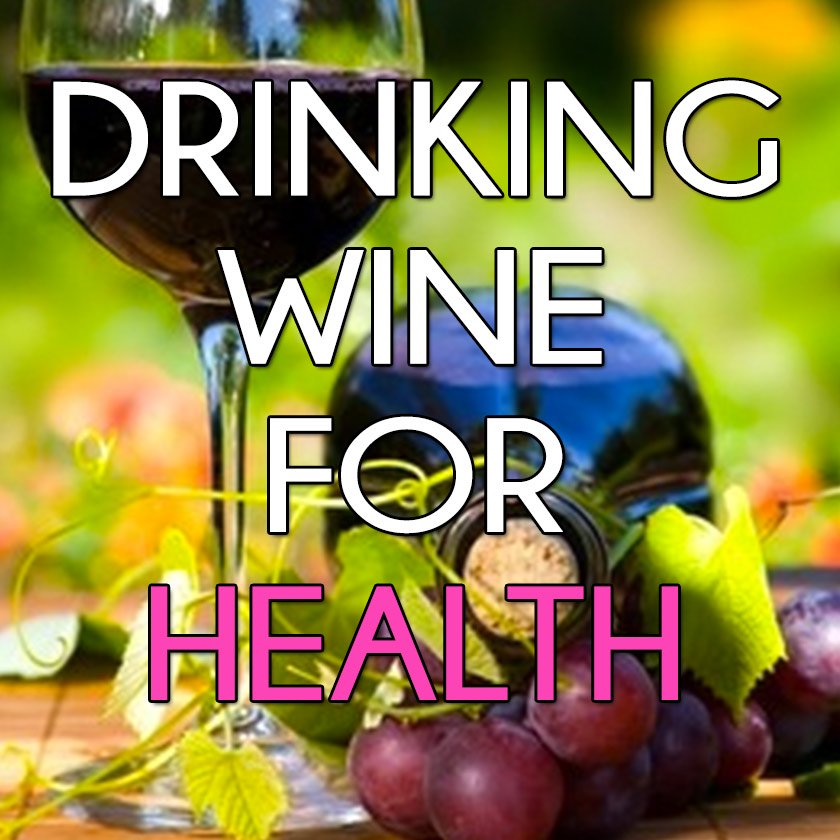


New! Comments
Have your say about what you just read! Leave me a comment in the box below.